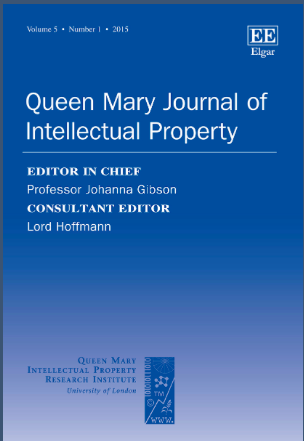Economic efficiency of patent markets: SEP licenses under FRAND conditions
A long-standing principle of patent systems is that the patent holder can decide whom to license based on the field-of-use and what to ask, creating a mechanism to price differentiate, that is, to charge different prices for the same patented technology, depending on the value of its use.
Such a mechanism allows the patented technology to be distributed (allocated) through markets to a maximum number of competing and non-competing users (firms), at prices based on the (risky and uncertain) value of their future use (in new innovations), adding to the revenues (and likely profits) of inventors.
We examine this principle by means of a literature review and discuss, both in a short-run static and a long-run dynamic setting, the economic efficiency of such price differentiation (price ‘discrimination’ in the economic literature) by field-of-use with respect to licensing contracts concerning patents essential to a standard,2 that is, Standard Essential Patents (SEPs) on Fair, Reasonable and Non-Discriminatory (FRAND) terms and conditions.
Article ref.: Ullberg, 2019, Economic efficiency and field-of-use pricing of SEP licences under FRAND terms, Queen Mary Journal of Intellectual Property, Vol. 9 No. 4, pp. 392–413
DOI:https://doi.org/10.4337/qmjip.2019.04.02
Also available at: 4iP Council’s web page.
Abstract
This article is concerned with the producer market in patented technology, and whether price differentiation based on field-of-use – a common strategy adopted by businesses with high fixed costs – is economically efficient. The focus is on the licensing of Standard Essential Patents (SEPs) on Fair, Reasonable and Non-Discriminatory (FRAND) terms and conditions, including also the Internet of Things (IoT) applications, and the economic growth in the digital economy, especially for small and medium sized enterprises (SMEs). The central argument proposed is that the absolute difference in the value between usages of essential standardized technologies determines whether a single price for all usages or specific field-of-use prices are economically efficient. A small difference in value should result in a single price and a large difference in different prices. Pricing policy is critical to create a world-wide sustained technology development including contributions from, and applications for, emerging markets and developed markets, thereby growing the digital economy.
In this literature review, three evaluation angles of the literature are used: a market analysis under neo-classical assumptions of price-taking agents and marginal (incremental) value; an expanded market analysis where the willingness to pay (WTP) replaces marginal cost as criteria for what price should be paid for licences; and an analysis of market designs with similar characteristics as the SEP market in terms of risk, using experimental economics (behavioural) and auction theory. All analyses angles investigate the principle of field-of-use licensing, established already in the first known patent law in 1474.



















Recent Comments